NSE7_EFW-7.0 Fortinet NSE 7 - Enterprise Firewall 7.0 Free Practice Exam Questions (2025 Updated)
Prepare effectively for your Fortinet NSE7_EFW-7.0 Fortinet NSE 7 - Enterprise Firewall 7.0 certification with our extensive collection of free, high-quality practice questions. Each question is designed to mirror the actual exam format and objectives, complete with comprehensive answers and detailed explanations. Our materials are regularly updated for 2025, ensuring you have the most current resources to build confidence and succeed on your first attempt.
Which real time debug should an administrator enable to troubleshoot RADIUS authentication problems?
Refer to the exhibits, which show the configuration on FortiGate and partial internet session information from a user on the internal network.
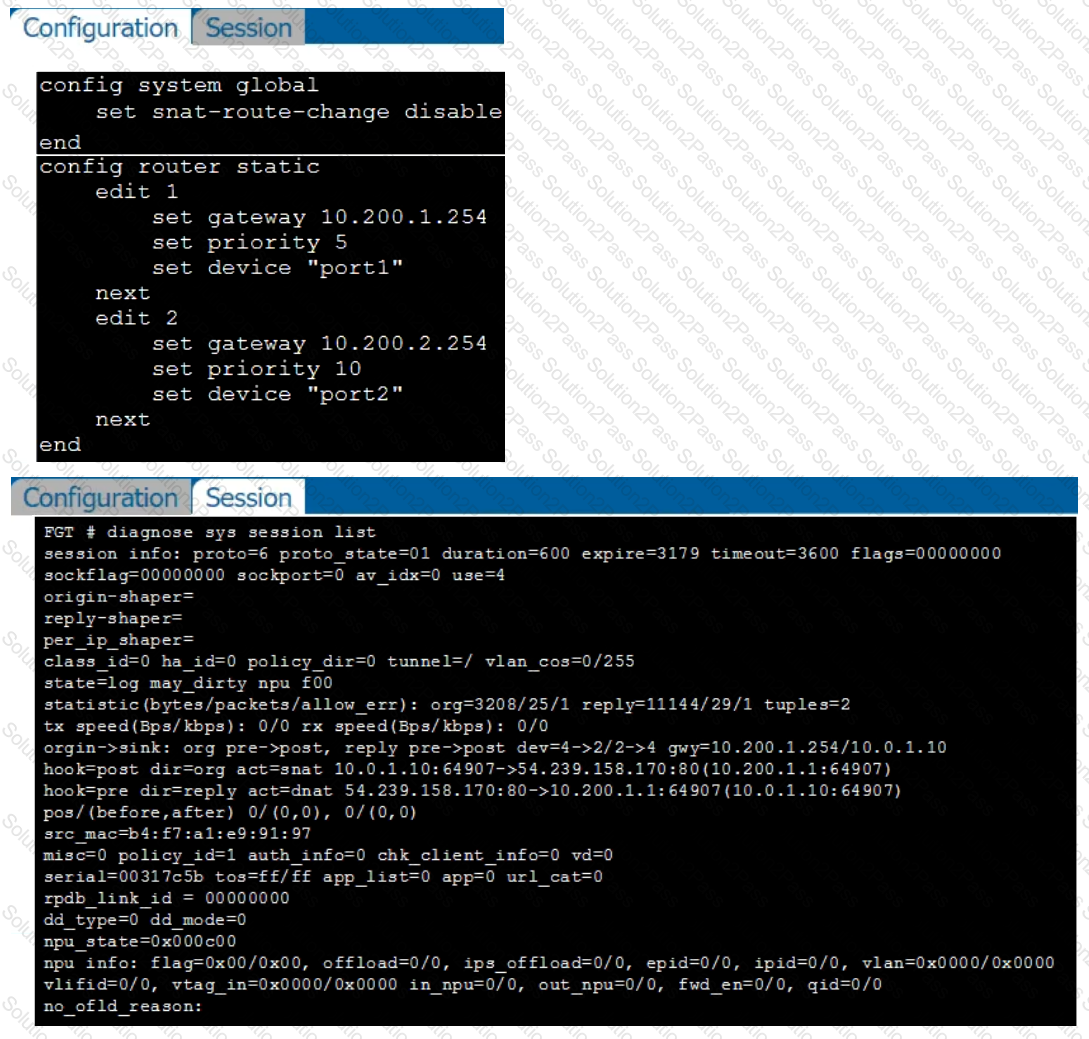
An administrator would like to test session failover between the two service provider connections.
What changes must the administrator make to force this existing session to immediately start using the other interface? (Choose two.)
Examine the output of the ‘get router info bgp summary’ command shown in the exhibit; then answer the question below.
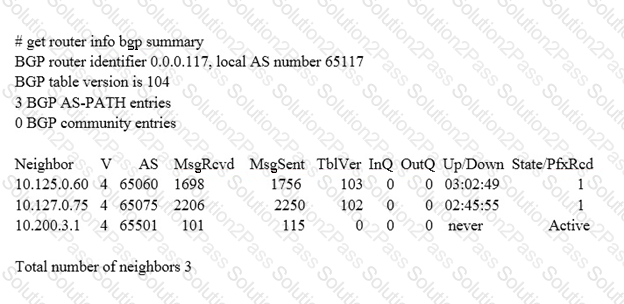
Which statements are true regarding the output in the exhibit? (Choose two.)
Which of the following conditions must be met for a static route to be active in the routing table? (Choose three.)
View the exhibit, which contains the output of a debug command, and then answer the question below.
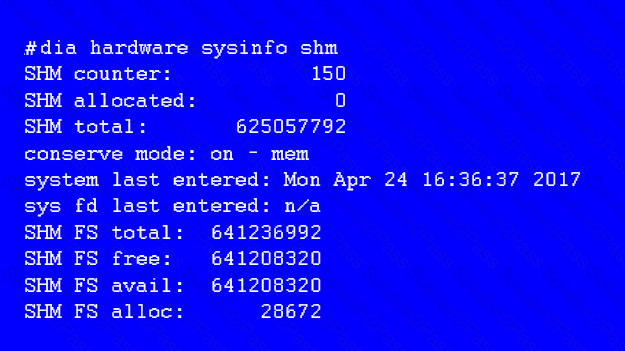
What statement is correct about this FortiGate?
Refer to the exhibit, which contains partial output from an IKE real-time debug.

Based on the debug output, which phase 1 setting is enabled in the configuration of this VPN?
Refer to the exhibits.
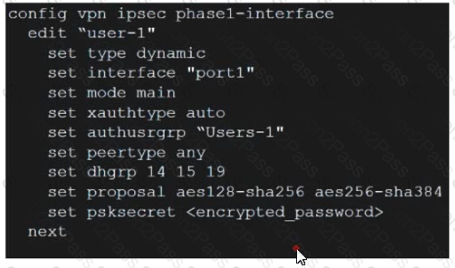
Which contain the partial configurations of two VPNs on FortiGate.
An administrator has configured two VPNs for two different user groups. Users who are in the Users-2 group are not able to connect to the VPN. After running a diagnostics command, the administrator discovered that FortiGate is not matching the user-2 VPN for members of the Users-2 group.
Which two changes must administrator make to fix the issue? (Choose two.)
What is the diagnose test application ipsmenitor 5 command used for?
Examine the following partial outputs from two routing debug commands; then answer the question below.
# get router info kernel
tab=254 vf=0 scope=0type=1 proto=11 prio=0 0.0.0.0/0.0.0.0/0->0.0.0.0/0 pref=0.0.0.0
gwy=10.200.1.254 dev=2(port1)
tab=254 vf=0 scope=0type=1 proto=11 prio=10 0.0.0.0/0.0.0.0/0->0.0.0.0/0 pref=0.0.0.0
gwy=10.200.2.254 dev=3(port2)
tab=254 vf=0 scope=253type=1 proto=2 prio=0 0.0.0.0/0.0.0.0/.->10.0.1.0/24 pref=10.0.1.254
gwy=0.0.0.0 dev=4(port3)
# get router info routing-table all s*0.0.0.0/0 [10/0] via 10.200.1.254, portl [10/0] via 10.200.2.254, port2, [10/0] dO.0.1.0/24 is directly connected, port3 dO.200.1.0/24 is directly connected, portl d0.200.2.0/24 is directly connected, port2
Which outbound interface or interfaces will be used by this FortiGate to route web traffic from internal users to the Internet?
An LDAP user cannot authenticate against a FortiGate device. Examine the real time debug output shown in the exhibit when the user attempted the authentication; then answer the question below.
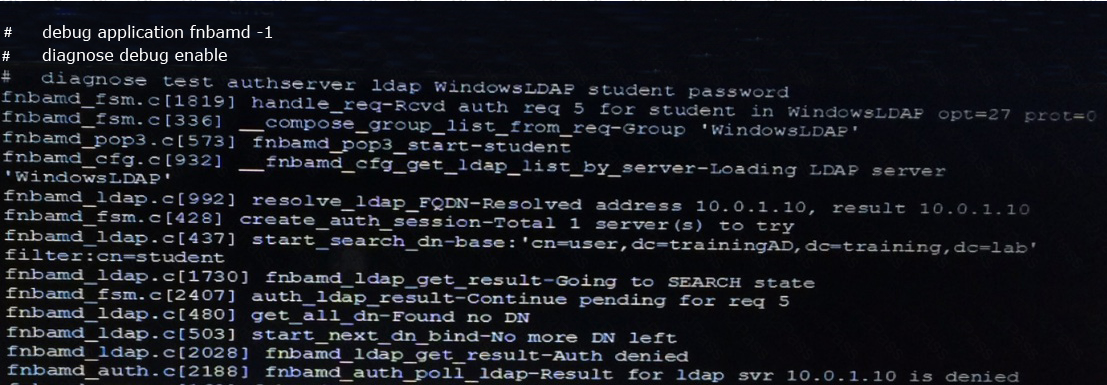

Based on the output in the exhibit, what can cause this authentication problem?
Refer to the exhibit, which shows the output of a debug command.
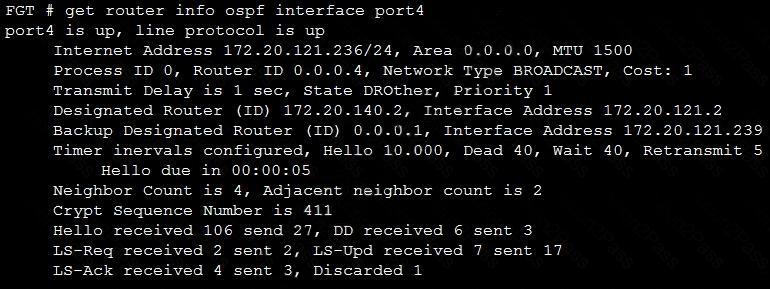
Which two statements about the output are true? (Choose two.)
Refer to the exhibit, which contains the output of the diagnose vpn tunnel list.
Which command will capture ESP traffic for the VPN named DialUp_0?
Refer to the exhibit, which shows the output of a diagnose command.
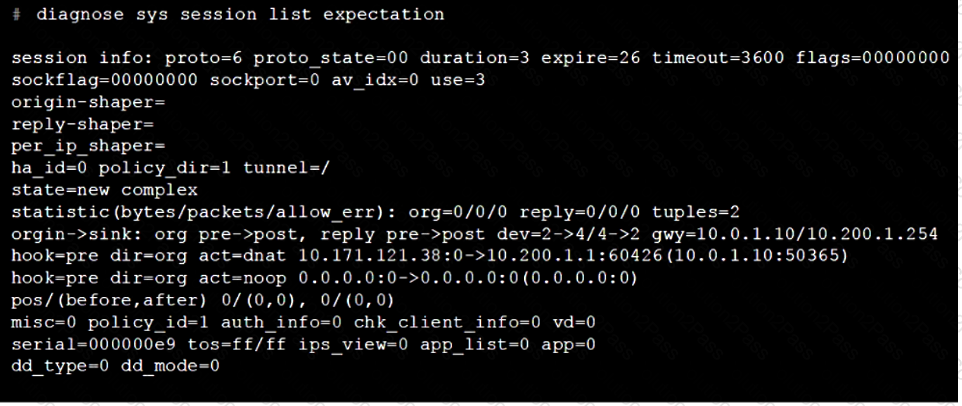
What can you conclude from the output shown in the exhibit? (Choose two.)
Which two statements about an auxiliary session are true? (Choose two.)
View the exhibit, which contains the partial output of an IKE real-time debug, and then answer the question below.
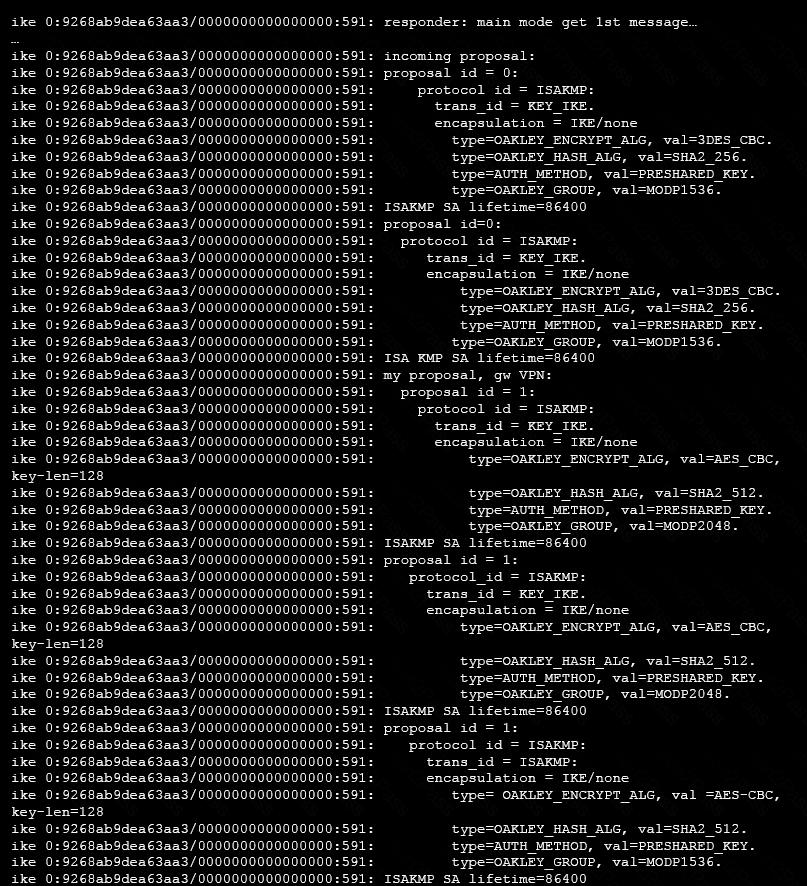
The administrator does not have access to the remote gateway. Based on the debug output, what configuration changes can the administrator make to the local gateway to resolve the phase 1 negotiation error?
Refer to the exhibit, which contains the output of diagnose sys session list.

If the HA ID for the primary unit is zero (0), which statement about the output is true?
Examine the IPsec configuration shown in the exhibit; then answer the question below.
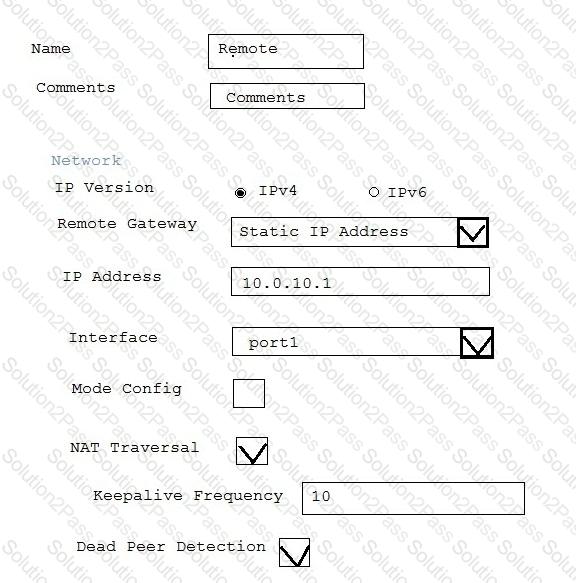
An administrator wants to monitor the VPN by enabling the IKE real time debug using these commands:
diagnose vpn ike log-filter src-addr4 10.0.10.1
diagnose debug application ike -1
diagnose debug enable
The VPN is currently up, there is no traffic crossing the tunnel and DPD packets are being interchanged between both IPsec gateways. However, the IKE real time debug does NOT show any output. Why isn’t there any output?
An administrator has been assigned the task of creating a set of firewall policies which must be evaluated before any custom policies defined within the policy packages of managed FortiGate devices, across all 25 ADOMSs in FortiManager.
How should the administrator accomplish this task?
What does the dirty flag mean in a FortiGate session?
Examine the output of the ‘diagnose ips anomaly list’ command shown in the exhibit; then answer the question below.
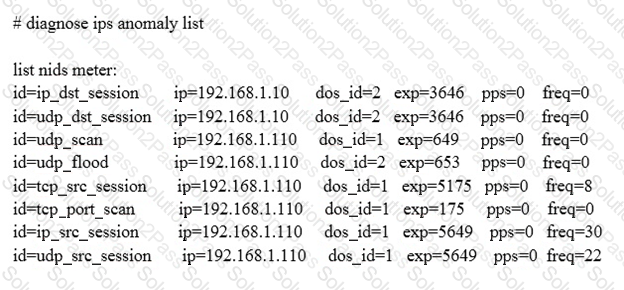
Which IP addresses are included in the output of this command?

